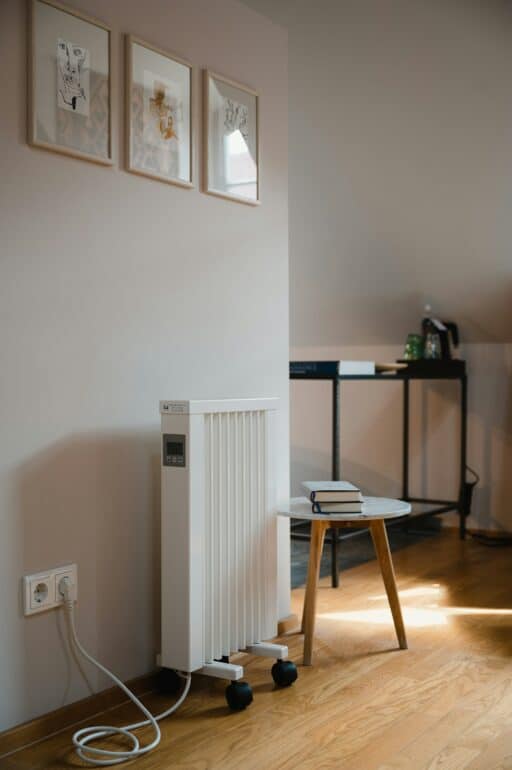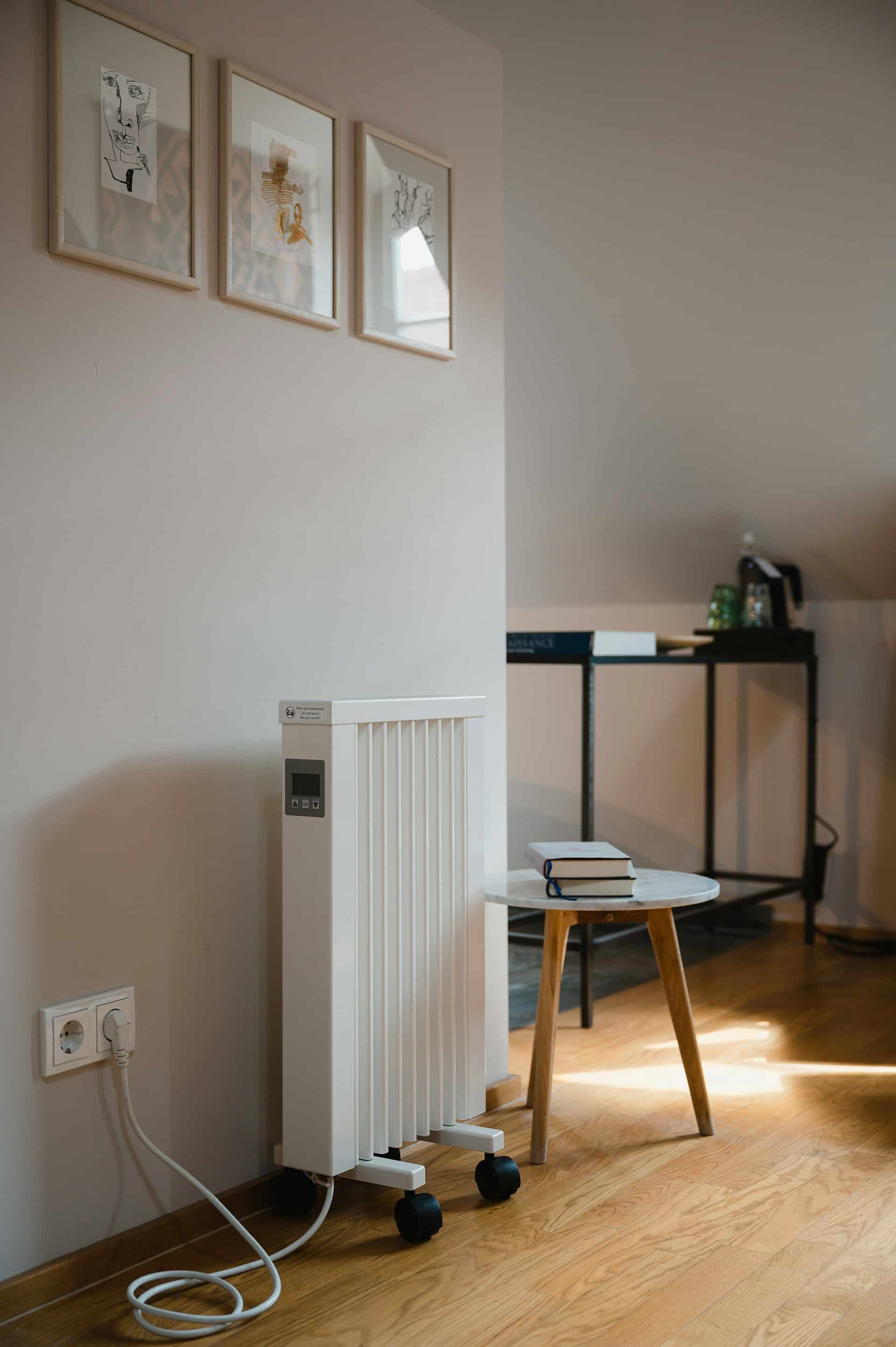Many people depend on diesel heaters to stay warm in cold weather or off-grid setups. These heaters offer steady heat and are known for their durability, but their daily fuel cost often raises questions. Understanding how much diesel a heater uses each day helps estimate real expenses and plan for efficient use.
Fuel use depends on several factors, such as heater size, diesel price, and how often it operates. Some models use very little fuel per hour, while others consume more during continuous use. Exploring these details helps reveal whether a diesel heater remains an affordable long-term heating choice.
Average diesel consumption of 0.1 to 0.3 liters per hour, depending on heater size
Most small diesel heaters use between 0.1 and 0.3 liters of fuel per hour. The exact amount depends on the heater’s size and power level. A 2kW unit often uses closer to 0.1 liters per hour, while a 5kW model may reach about 0.3 liters per hour under higher output settings.
These rates make diesel heaters a cost-effective choice for vehicles, boats, and small spaces. A low fuel consumption diesel heater can provide steady warmth for long periods without using much fuel. This efficiency helps reduce both fuel costs and the need for frequent refills.
Fuel use also changes with outside temperature and how long the heater operates each day. For example, running a small heater for eight hours could use around one liter of diesel. This modest demand allows users to plan fuel storage more easily and maintain comfort through cooler nights.
The current diesel price per liter directly impacts daily running costs
The cost of diesel fuel changes often and directly affects how much a diesel heater costs to operate each day. As of early October 2025, the global average price of diesel is about 1.23 U.S. dollars per liter. Prices vary by country, depending on local taxes, supply, and production levels.
A higher fuel price means higher daily expenses for anyone who uses a diesel heater for long periods. Even small price increases can noticeably raise total monthly costs, especially in colder regions where heaters run for many hours.
In areas closer to major fuel production centers, diesel often costs less. Regions farther from refineries or ports tend to pay more due to transportation and distribution costs. Therefore, local market conditions play a key role in determining the daily cost of keeping a diesel heater operating.
Comparison of diesel heaters’ fuel efficiency versus gas heaters
Diesel heaters usually use less fuel per hour than gas heaters. Many models burn about 0.1 to 0.2 liters of diesel each hour, while gas heaters may use 0.25 to 0.5 liters of propane or natural gas in the same time. This lower fuel use often leads to better long-term efficiency.
Gas heaters, however, burn cleaner and produce less odor. They also start faster and weigh less, which can make them easier to install in smaller spaces. Yet, their higher fuel use can make them more costly in areas where gas prices are high.
Diesel heaters often last longer and perform well in cold or remote areas. Their fuel can be easier to find in rural regions, which adds convenience for travelers or off-grid users. Therefore, diesel heaters usually provide better fuel economy, while gas heaters trade some efficiency for cleaner operation and lower noise.
Effect of Continuous Daily Use on Total Monthly Fuel Expenses
Daily operation of a diesel heater can add up quickly in fuel costs. Each hour of use burns a small but steady amount of diesel, which directly affects how much fuel is needed each month. Even a heater with good efficiency can lead to noticeable fuel use if it runs for many hours each day.
Fuel price also plays a major role. A small change in the cost per liter can shift total monthly expenses by a large margin. Therefore, tracking both usage time and local fuel prices helps estimate real monthly costs more accurately.
Season and temperature also influence total fuel use. Colder weather forces the heater to stay on longer, which increases fuel demand. In milder conditions, less fuel is used, helping reduce the monthly total.
Using a simple fuel cost calculator can help estimate these expenses. By entering the heater’s fuel rate, hours of use, and fuel price, anyone can project a realistic monthly fuel budget.
Maintenance factors influencing fuel consumption and heater efficiency
Regular maintenance helps a diesel heater use fuel more efficiently. Dust, carbon buildup, or worn parts can cause incomplete combustion, which wastes fuel and reduces heat output. Clean filters and fuel lines allow smoother airflow and steady fuel delivery.
Heaters with blocked air inlets or dirty glow plugs often need more fuel to reach the same temperature. Replacing these parts as needed keeps the burn process steady and consistent. As a result, the heater produces more heat per unit of fuel.
Checking seals and exhaust connections also prevents heat loss. Small leaks can force the heater to work harder, using more fuel to maintain warmth. Routine inspections help identify these issues early.
Regular service extends the heater’s lifespan and keeps fuel costs predictable. A well-tuned system runs at its designed efficiency, which saves money and reduces unnecessary fuel use over time.
Conclusion
Diesel heaters use fuel efficiently and can stay cost-effective with proper maintenance and setup. A typical 5kW unit uses about 0.35–0.5 liters of diesel per hour, which keeps daily costs fairly low compared to electric or propane options.
Fuel price and usage time remain the main factors that affect total expense. Using off-road diesel, which can cost about 20% less, may reduce daily fuel costs further.
They provide steady heat for vehicles, workshops, and small spaces without large power demands. Therefore, a diesel heater offers a practical balance between fuel cost, heat output, and convenience for daily use.








